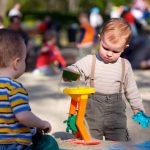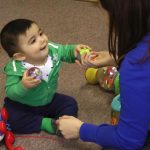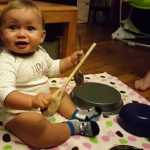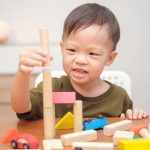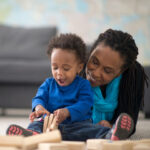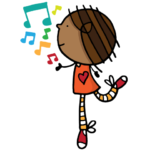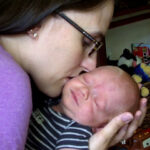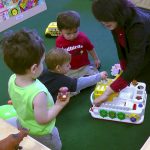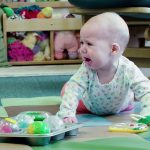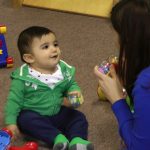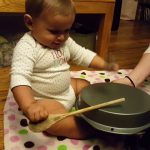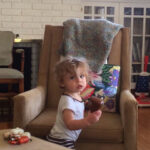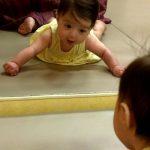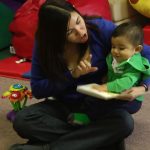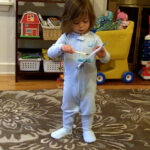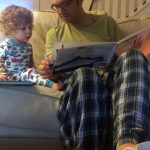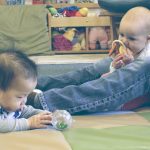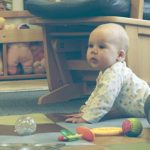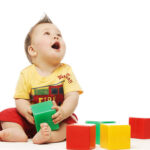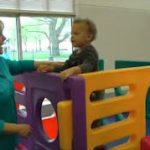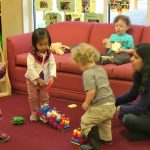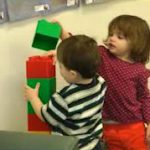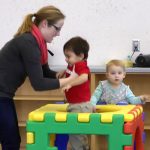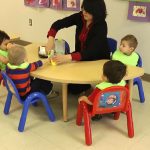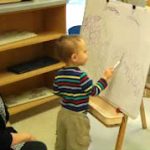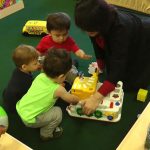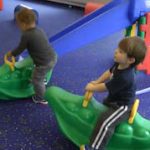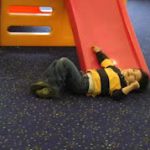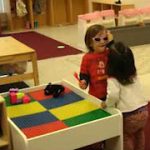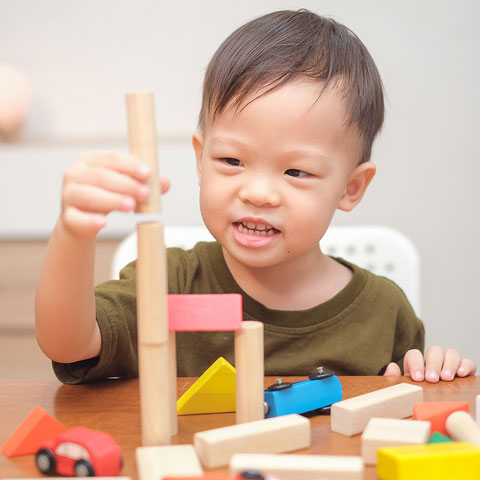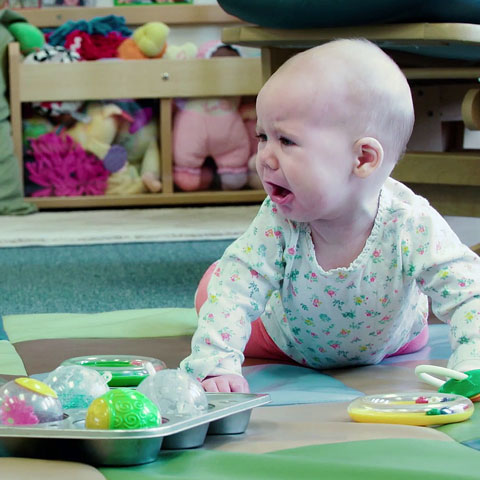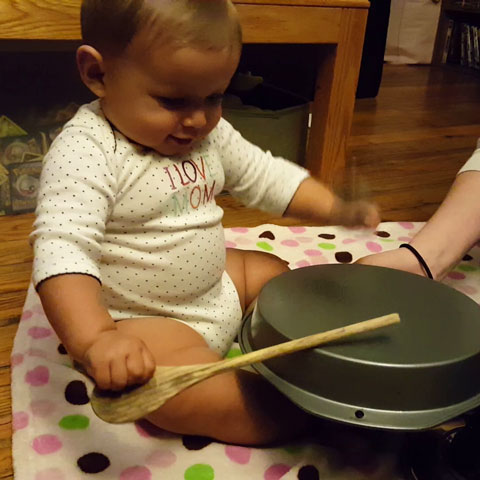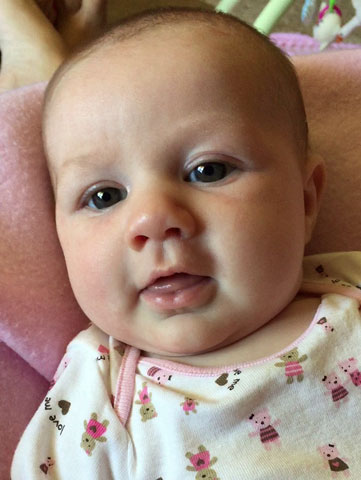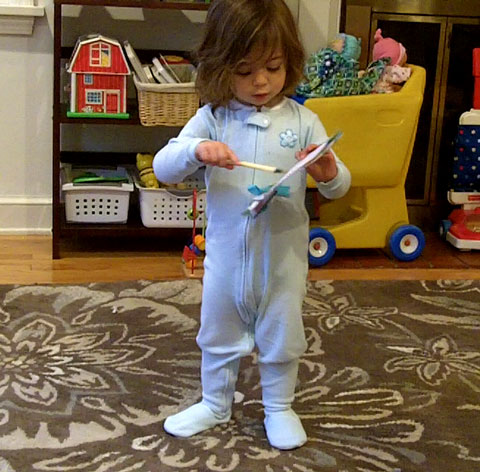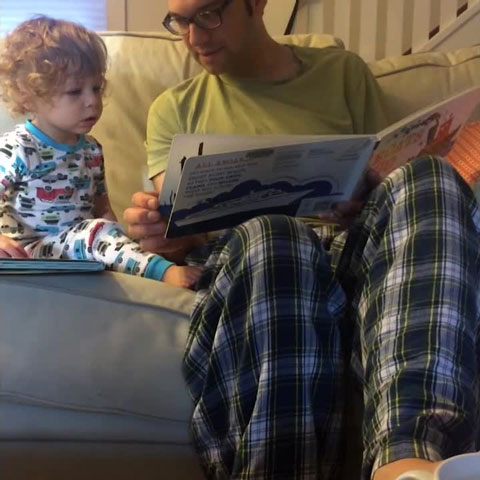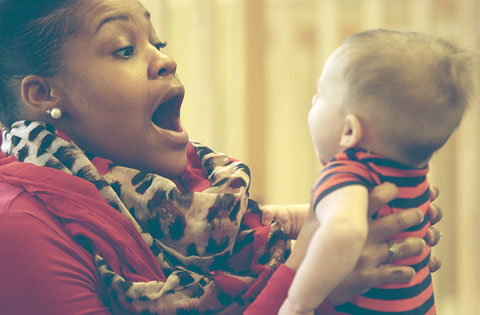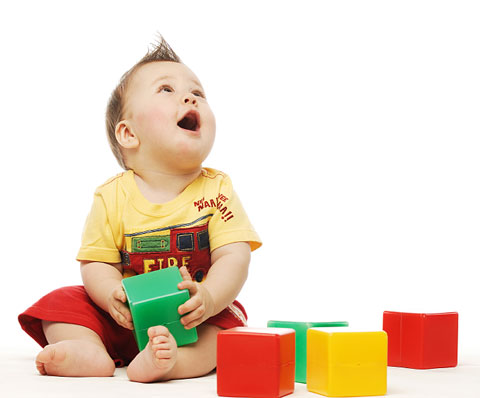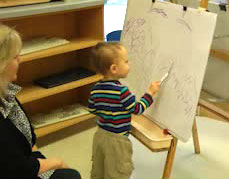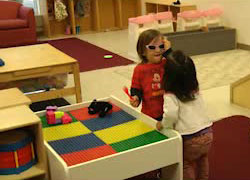Keyword: IL Birth to Three Guidelines
-
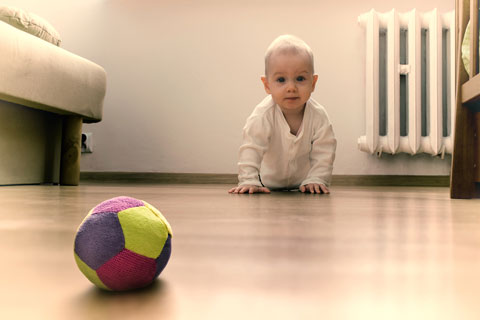
Curiosity and Initiative
This section describes how infants and toddlers use all their senses to learn about their world.
-

Problem Solving
This section describes how infants and toddlers learn to solve problems and consider the results of their actions.
-

Persistence, Effort, & Attentiveness
This section describes how infants and toddlers use their early experiences to develop the ability to focus on and complete simple tasks.
-
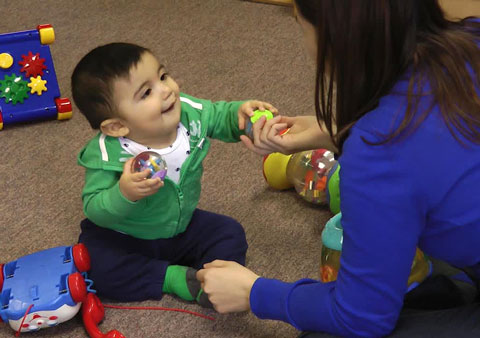
Creativity, Inventiveness, and Imagination
This section of the guidelines describes how infants and toddlers become more purposeful when engaging with their environment.
-
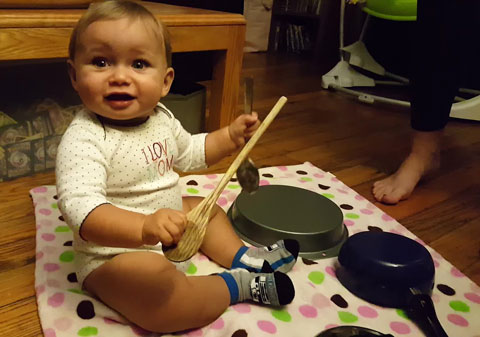
Confidence and Risk-Taking
This section of the guidelines describes how infants and toddlers develop confidence in exploring new experiences and taking developmentally appropriate risks.
-
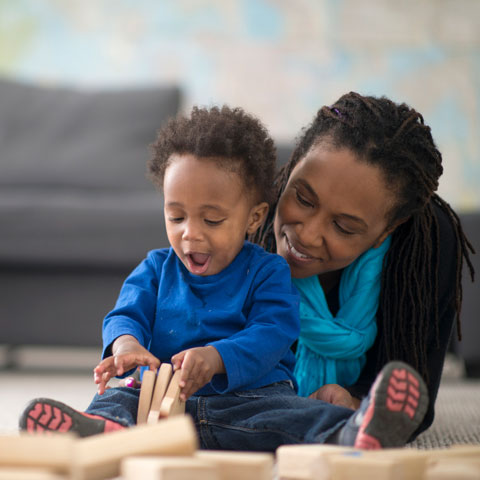
Early Intervention
This list provides resources and information about the early intervention system in Illinois. Please visit the Illinois Early Intervention Clearinghouse for more information. Contact a local Child & Family Connections office to make a referral for an evaluation. IEL Resources Tip Sheets: Autism: Be Aware of the Signs Do You Hear What I Hear? What…
-
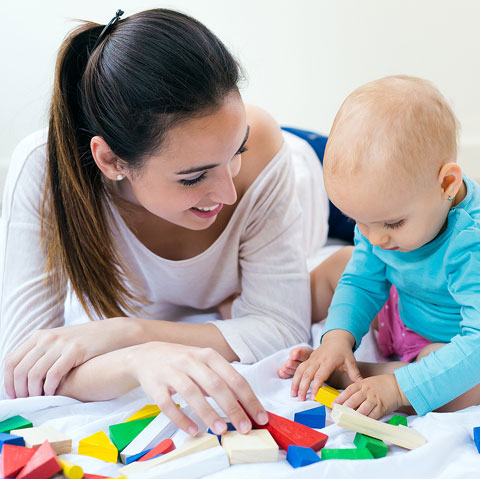
Including Infants and Toddlers with Disabilities in Child Care
On this podcast we talk with Dr. Jenna Weglarz-Ward, an assistant professor in early childhood education and early childhood special education at the University of Nevada, Las Vegas, about the inclusion of infants and toddlers with disabilities and developmental delays in child care settings.
-

Things to Do While You’re Waiting: Math Is Everywhere
Keep children engaged when you have to wait
-

Things to Do While You’re Waiting: Music and Movement
Move to the beat. Sing along. Listen. Create sounds.
-
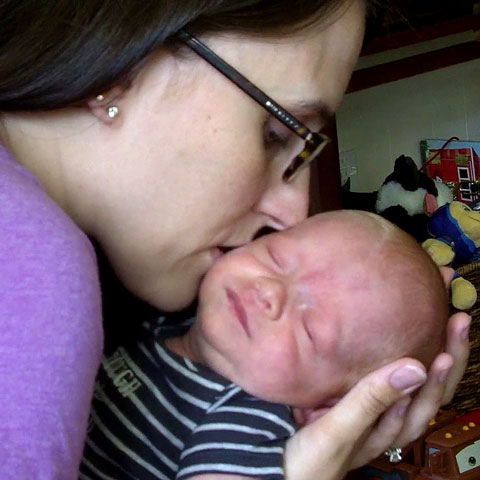
The Newborn Period
This Early Learning Moment provides an overview of the Newborn Period as explained in Illinois Early Learning Guidelines for Children Birth to Age 3.
-
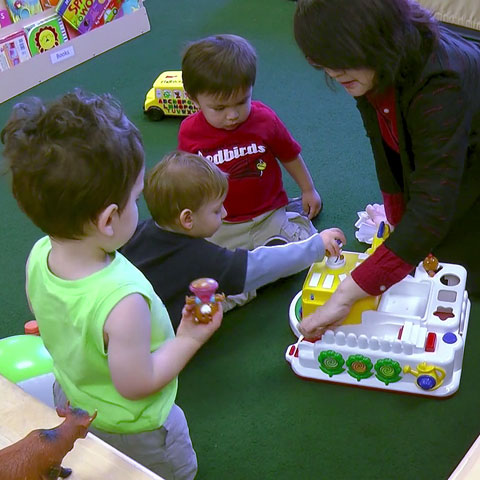
Self-Regulation: Foundation of Development
This Early Learning Moment provides an over view of the Self-Regulation: Foundation of Development section in the Illinois Early Learning Guidelines for Children Birth to Age 3.
-
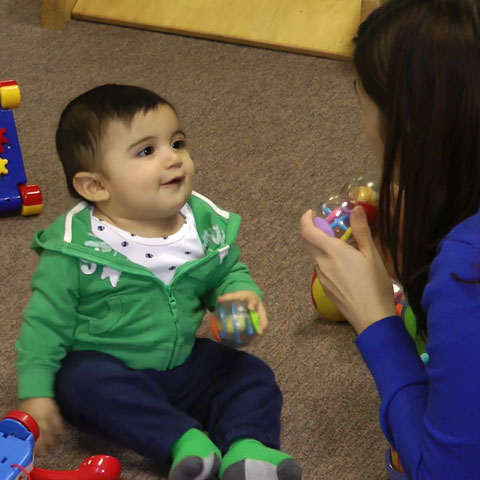
Look What This Can Do!
In this video, we see Mario and his mother, Norma, as they play in a playroom at a local community center. Norma shows Mario different ways to use the toys. When Mario bangs the toys together, Norma encourages his inventiveness by commenting on the creative ways Mario uses the toys to make noise.
-

Solving the Shoe Puzzle
As infants become mobile, they can explore and discover their world first hand. In this video, we see 12-month-old Aaron as he tries to put on a pair of his sister’s shoes.
-

Get Growing With Your Young Children
Spring is a wonderful time to “get growing” with young children. Children are eager to observe the outdoors during the change from winter to spring. Grass changing from brown to green and the buds appearing on the trees sparks children’s curiosity.
-
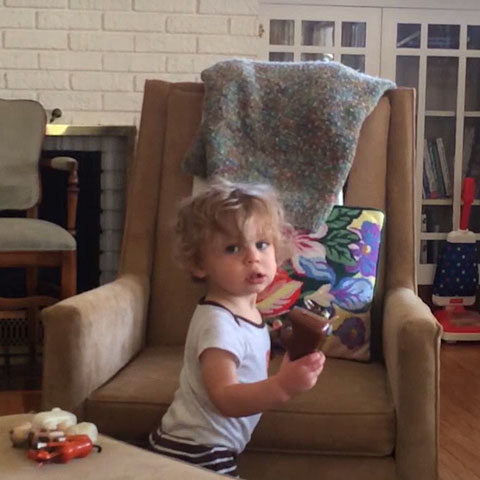
Rounding Up the Cows
Young children develop skills across domains as they grow. Sometimes, a new skill in one area allows them to make gains in another area. In this video, we see Aaron as he stumbles from the bench to the ottoman to transfer his toys from one area to another.
-
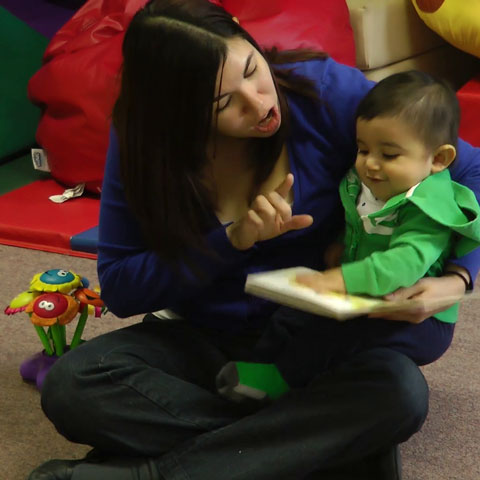
Sing Pío, Pío, Pío
A strong foundation for early literacy learning is created when caregivers and children read together, starting in infancy. Every time a caregiver reads, sings, and talks with a young child, they are building the child’s vocabulary and language skills.
-

Explore the Arts with Young Children
This list contains resources to help early childhood educators and caregivers plan high-quality learning experiences in the arts.
-
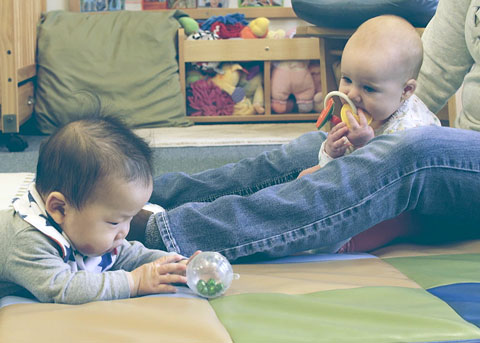
Cognitive Development
This section of the guidelines describes how infants and toddlers learn to think and reason. As they develop cognitive skills, they build understanding about the world around them. Their memory skills, spatial skills, and reasoning skills increase.
-
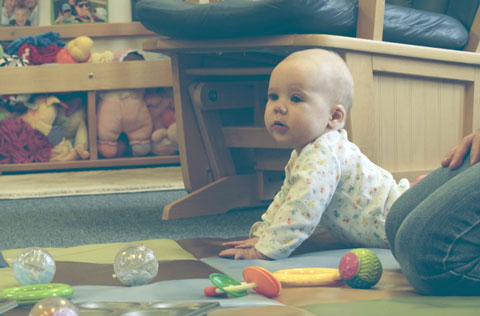
Physical Development and Health
This section of guidelines describes how infants and toddlers learn to move their bodies, take in their world through their senses, and carry out self-care routines. This section also explains how physical skills progress through development as young children’s bodies grow stronger and more able to move purposefully and with ease during everyday play and…
-

Feelings Are Fantastic (audio)
This podcast, based on a blog written by Dr. Rebecca Swartz, provides information about how young children learn to manage their feelings and provides strategies adults can use to help them learn to express their feelings appropriately. To see the main text of the podcast, you can read the original blog post. Related IEL Resources…
-

Phonological Awareness in Young Children
This list contains a variety of resources associated with phonological awareness in young children.
-

Encouraging Literacy Development in Infants and Toddlers
This list contains a variety of resources which can be helpful to teachers, parents, and caregivers in order to encourage literacy development in infants and toddlers.
-

Saying ‘No’ to Your Child
This list contains a variety of resources associated with saying ‘no’ to your child.
-

Moving from Early Intervention to PreK: What Parents and Caregivers Want to Know
This list contains a variety of resources associated with moving from Early Intervention to PreK for parents and caregivers.
-
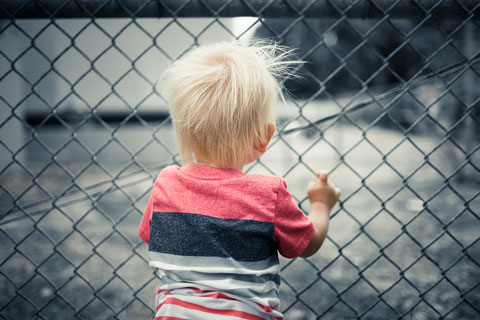
Supporting Resilience in Children Exposed to Domestic Violence
This list contains a variety of resources associated with supporting resilience in children exposed to domestic violence.
-

Feelings Are Fantastic (blog)
Young children are learning to manage their feelings and express them with appropriate language and behavior.
-
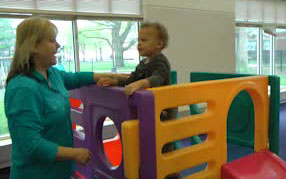
You Made It
This video takes place in the gross motor room of a university laboratory child care and preschool. This room is used for gross-motor activities by all classrooms in the center during inclement weather. Max (21 months) is trying to get up the climber, and the teacher helps him get to the top.
-
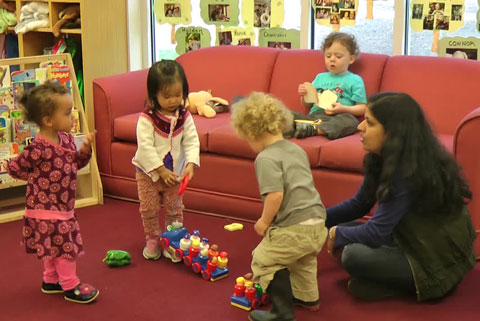
Two Trains
Sadie (26 months) pulls two trains across the carpet and sits down on the teacher’s lap. Sadie and the teacher are talking about the two trains while Daniel watches. Daniel reaches down to take the handle of one of the trains, to which Sadie objects. The teacher then asks Sadie to give one of her…
-

A Tower Together
The teachers provided balance in both supporting Anna and allowing her space to work through situations independently. She followed Anna’s reactions and did not intervene too early.
-
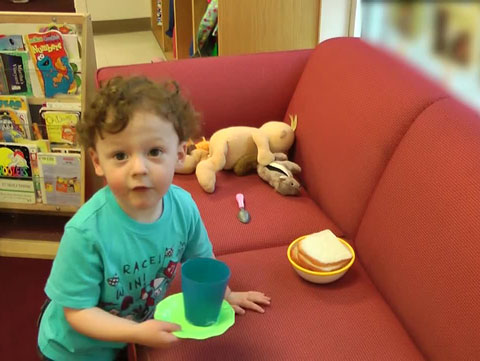
Tea Party
Through a progression of short clips taken over a span of 30 minutes, this video focuses on Hudson (at 30 months, the oldest in the class) gathering items, stuffed animals, and dolls; arranging them on a couch; and (briefly) enjoying his tea party with his stuffed animals.
-

The Step
The teacher provides Alicia with support to move the bolster and supervises her so she can safely use it as a step.
-
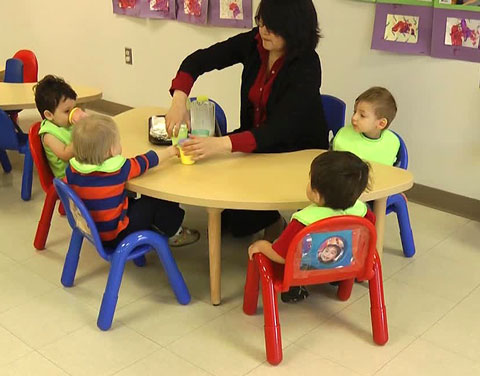
Snack Time
This interaction demonstrates the teachers’ cooperation and understanding of their roles in classroom management. It also demonstrates appropriate teacher-child interactions at the snack table.
-
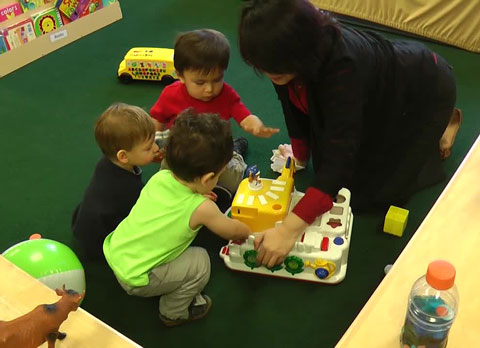
Press Here
Jayden (20 months), Mason (21 months), Spencer (20 months), and the teacher, Sui Ping, are sitting on the floor engaged with an activity box. Sui Ping is demonstrating for Mason how to make the small bear “jump” off the toy by pushing a button. The other two boys are also trying to play with the…
-
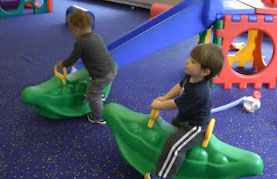
Pea Pod Rockers
Max (21 months) and Kenyon (27 months) are near the pea pod rockers, attempting to climb onto them. The teacher steps in to assist Max in climbing onto the rocker. She offers guidance to him and is close to him as he tries to climb onto the rocker.
-
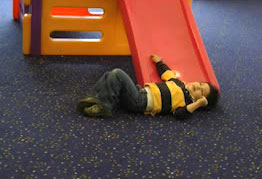
Let’s Get Up
Micah (30 months) is lying on the ground next to the slide. The teacher leans down and teasingly touches both of his hands before lifting him up to his feet. Micah walks over to the corner, picks up a ball, and throws it off-camera to the teacher, who tosses it back. Micah had shown very…
-

The Duck
This clip demonstrates a young toddler’s ability to connect a picture on a toy with a word and a sign she had been taught.


